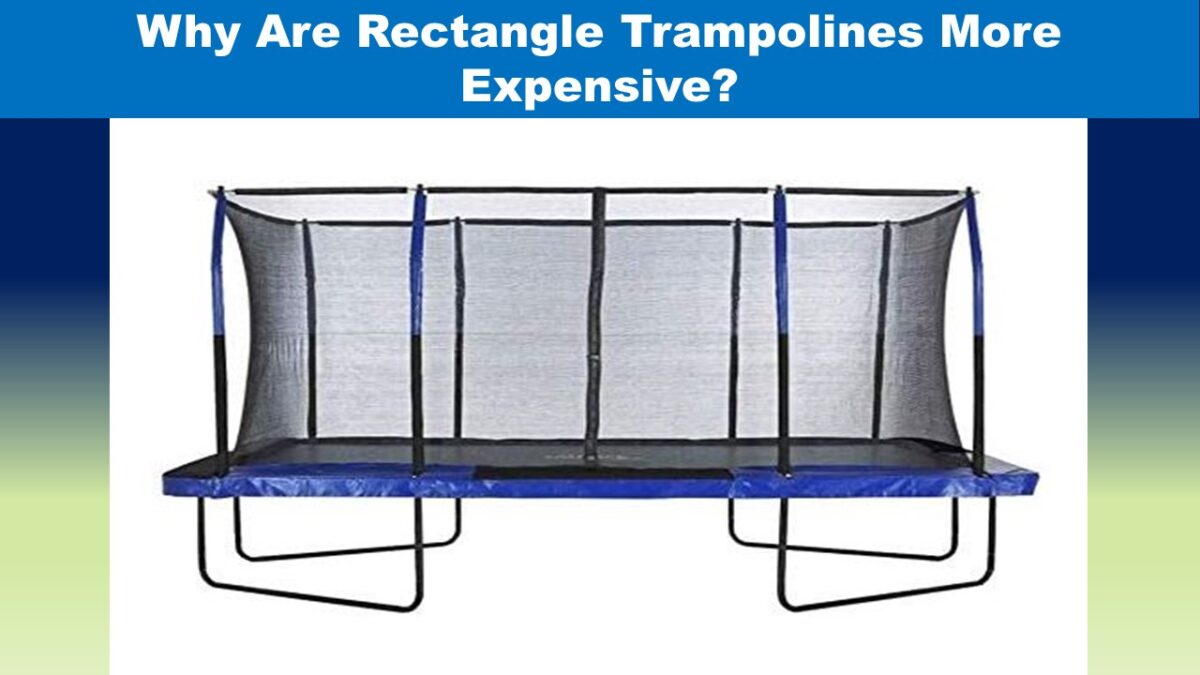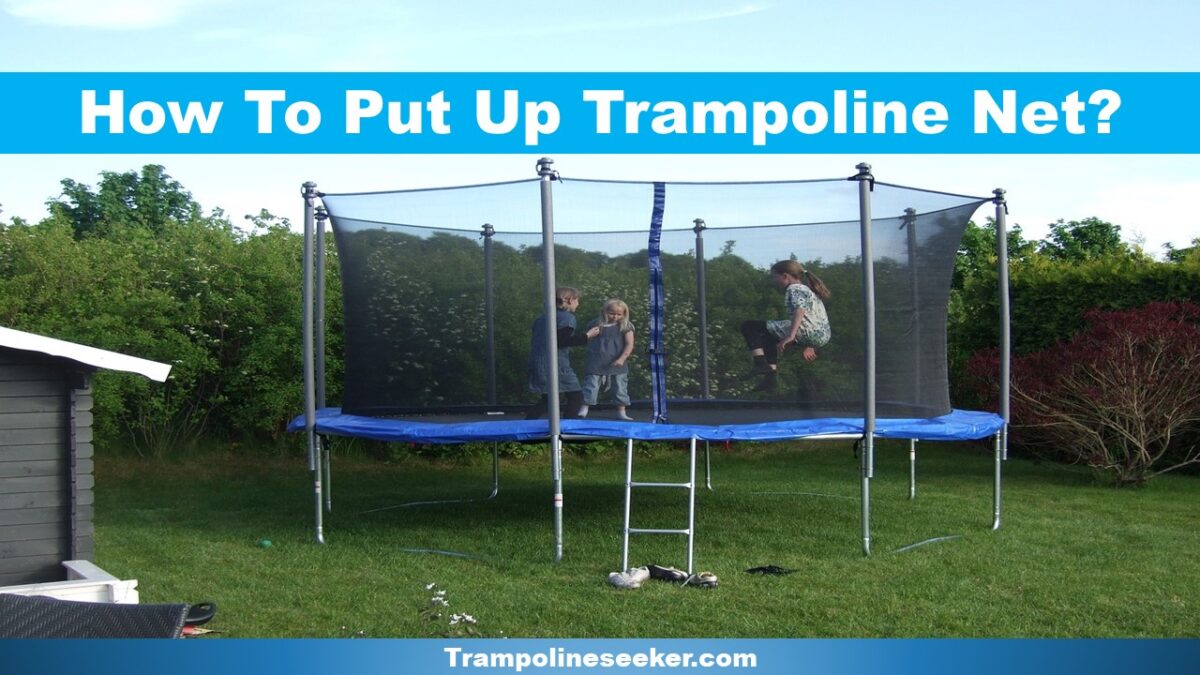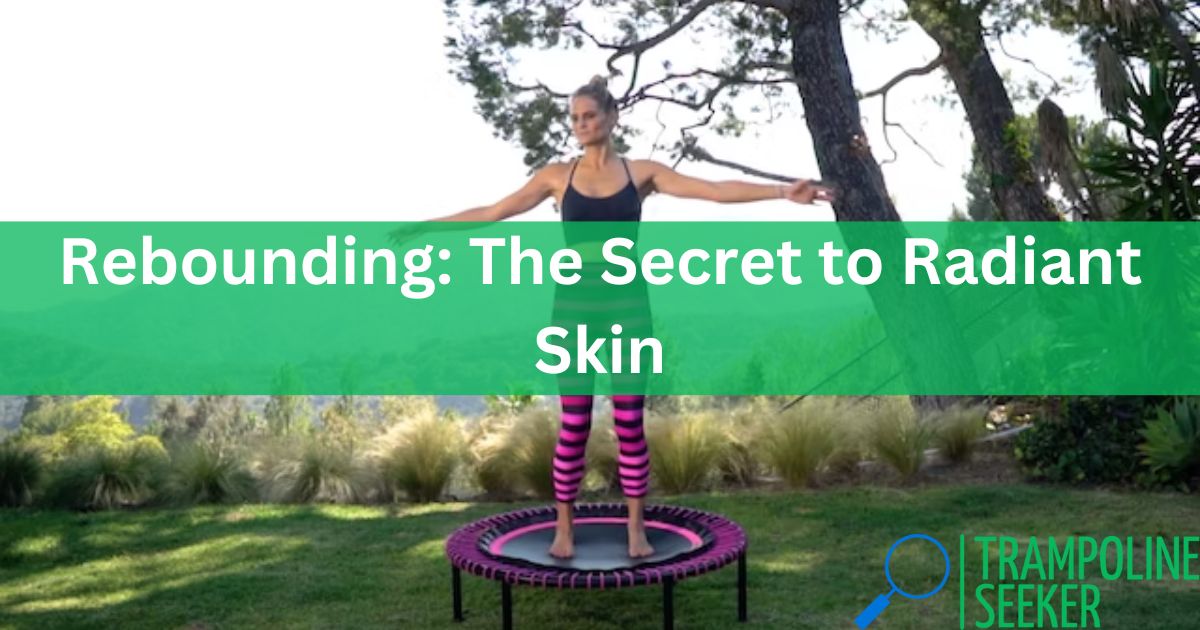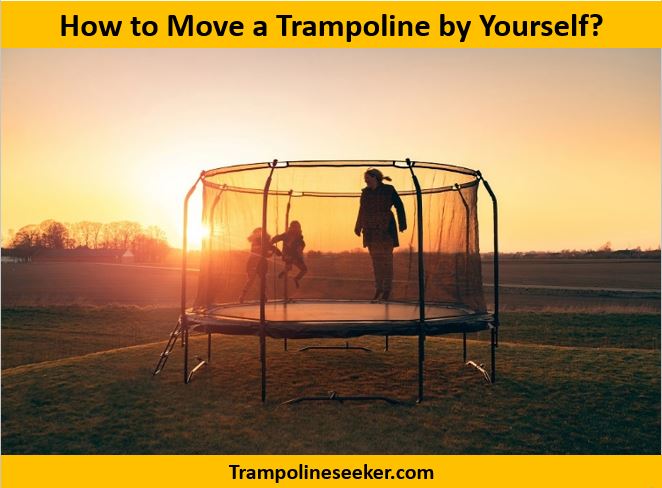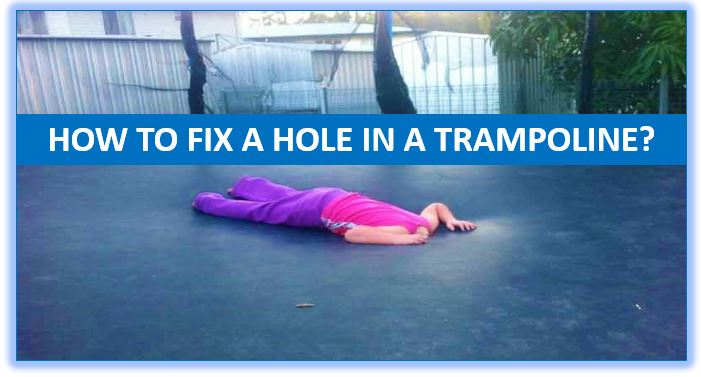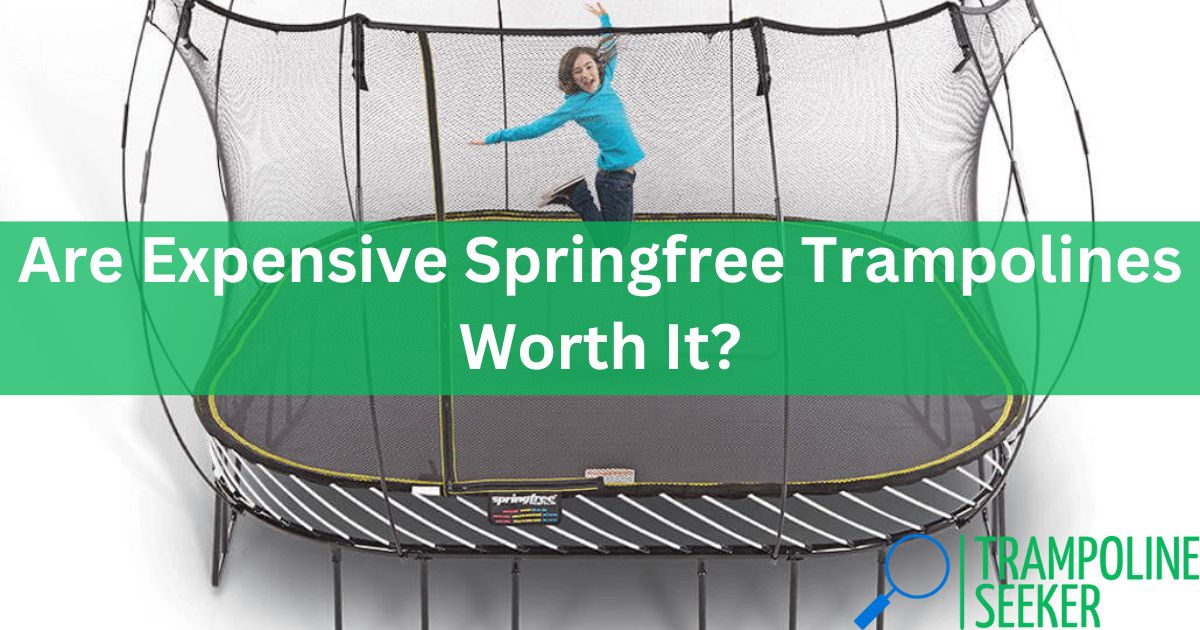Have you ever considered installing a trampoline in your basement? While it may seem unconventional, a basement trampoline can be a fun and engaging way to get active without leaving home. Whether you have kids who need an indoor playspace or you’re just looking to add some recreation to your home, a basement trampoline has a lot to offer.
In this comprehensive guide, I’ll walk you through everything you need to know about trampolining in your basement. Drawing from my many years of experience and expertise as a trampoline enthusiast and backyard DIYer, I’ll provide authoritative recommendations on safety, setup, maintenance, and more so you can trampoline confidently in your basement.
An Overview of Basement Trampolines: The Pros and Cons

Before committing to a basement trampoline, it’s important to understand the key benefits as well as the potential drawbacks:
The Advantages
- Convenience – Easy access to exercise and fun without leaving home
- Weatherproof – Unaffected by rain, snow, or other outdoor conditions
- Space efficiency – Trampolines take up less room than many other recreational options
- Noise reduction – Enclosed basement helps contain noise from jumping
- Year-round use – Enjoy trampolining regardless of outdoor temperature
The Disadvantages
- Height restrictions – Basement ceilings limit vertical bounce height
- Lack of outdoor views – Less connection to nature than jumping outside
- Safety considerations – More hazards to be aware of in an enclosed space
- Installation challenges – Getting the trampoline downstairs and setup
- Less ventilation – Air circulation may be reduced compared to outdoors
With proper precautions and setup, the advantages clearly outweigh the disadvantages for most homeowners. The key is emphasizing safety from the very beginning.
Top Safety Tips for Basement Trampoline Success
Installing a basement trampoline introduces some unique safety considerations. Here are my top recommendations for maximizing fun while minimizing risk:
Choose a Location Carefully
- Measure your basement ceiling height and compare it to the maximum bounce height of any trampoline you are considering. Allow several feet of clearance.
- Check for overhead pipes, ducts, wiring, beams, etc. that could get in the way. Avoid positioning the trampoline underneath these obstacles.
- Pick a spot away from walls, furniture, exercise equipment, stored items, etc. Leave ample room around all sides for bouncing.
Pad Potential Hazards
- Use foam mats or cushions to pad any nearby exposed beams, poles, or other hard surfaces that a jumper could contact.
- If your trampoline abuts a wall, affix high-density foam panels to the wall for protection.
- For added safety, you can install foam pits or dense foam blocks on the perimeter of the floor space.
Leave No Gaps in Safety Netting
- Proper enclosure netting that zips closed is a must for basement trampolines.
- Inspect netting for holes, tears, or stretched-out areas that could allow a jumper to slip through and fall off the trampoline.
- Replace netting immediately if issues are found.
Monitor Use and Set Rules
- Always supervise trampoline use, especially with children. Don’t allow unsupervised bouncing.
- Enforce rules about one jumper at a time, no somersaults, jumping in the center of the mat, etc. Review safe jumping techniques.
- Set size/age/weight restrictions if needed. Watch for signs of exhaustion or risky behavior.
- Limit usage duration to avoid overly tired jumpers who are more prone to accidents.
Shopping Considerations: Find the Ideal Basement Trampoline
Once you understand the safety protocols, it’s time to select the perfect trampoline for your available basement space and bouncing style. Here are key factors to consider while shopping:
Size
- Carefully measure your open floor area to determine maximum dimensions.
- Standard basement trampoline sizes range from 6 feet up to 10 feet in diameter. Rectangular trampolines are also an option.
- Mini trampolines under 4 feet are usually too small for recreational jumping.
Weight Limit
- Confirm the trampoline’s maximum weight capacity suits your family’s needs.
- Look for a high weight limit well above the jumpers’ combined weights for optimal durability.
- For adult use, choose a trampoline rated for at least 250-300 pounds or more.
Bounce Quality
- Test bounce feel and height at the store by safely jumping a bit on display units.
- Well-constructed trampolines use quality springs and taut mats for excellent bounce.
- Insufficient bounce makes jumping less fun and reduces exercise benefits.
Ease of Assembly
- Seek trampolines with simplified assembly instructions and all parts/tools included.
- Basic assembly often takes 2 to 4 hours with 2 people.
- Disassembly for cleaning or seasonal storage should also be straightforward.
Noise Level
- Opt for trampolines engineered to minimize noise and vibration transfer.
- Springless or soft-spring trampolines are quietest.
- Extra foam padding also helps muffle jump noise.
Step-by-Step Basement Trampoline Setup
Once you select the ideal trampoline, it’s time for the fun part – safely getting it downstairs and set up! Here is my recommended installation process:
Plan Your Route
Before beginning, walk through how you will get the trampoline frame and mat downstairs. Measure all doorways, stairwells, corners, etc. to ensure the trampoline will fit through. Disassemble into pieces if needed. Recruit helpers as necessary.
Prepare the Location
Clear an open, hazard-free area for assembly. Have foam mats, padding, safety netting, and any tools needed on hand. Review the manual and all safety tips.
Assemble the Frame
Working with a partner, connect the steel or aluminum trampoline frame according to the instructions. Lock pieces securely together. Ensure the frame is centered in the space.
Install the Mat
Stretch the jumping mat evenly over the frame, aligning attachment holes. Securely attach mat edge to frame using provided fasteners like plastic T-sockets with zip ties.
Attach Safety Netting
Attach netting poles to frame per instructions. Carefully spread netting, close zippered entrance, and connect all attachment straps. Ensure no gaps exist.
Apply Protective Padding
Wrap frame and poles with provided foam padding. Place additional padding on nearby walls, beams, etc. as needed.
Final Safety Checks
Before first use, confirm netting is secure, mat and padding are attached, and adequate overhead/side clearance exists. Review rules and have fun!
Ongoing Trampoline Maintenance and Precautions
To maximize safety and equipment longevity, be sure to follow these key maintenance tips:
- Check for holes, frays, tears, loose parts, rust, etc. and fix promptly. Replace worn parts when needed.
- Regularly confirm that safety pads and netting are secure with no deterioration.
- Use a vacuum or compressed air to remove dirt and debris from mat fibers.
- Clean frame and poles with mild soap and water; rinse and wipe dry.
- Periodically retighten connecting pieces like T-sockets that can loosen over time.
- Take down and store the trampoline securely if not using it for extended periods.
- Always supervise jumpers, especially children. Enforce safety rules at all times.
- Limit jump durations to avoid exhaustion. Allow only one person at a time.
Enjoy Endless Family Fun on Your Basement Trampoline
If you follow my safety advice and shopping tips, you can confidently install an enclosed trampoline in your basement for entertainment and exercise. With proper setup and precautions, basement trampolining allows you to bounce to your heart’s content regardless of the weather outside.
As your resident trampoline expert, I wholeheartedly encourage you to consider this unique addition to your home. Just remember – safety first! With the right approach, a basement trampoline can provide endless family fun and fitness for years to come.
Articles You May Like to Read:


